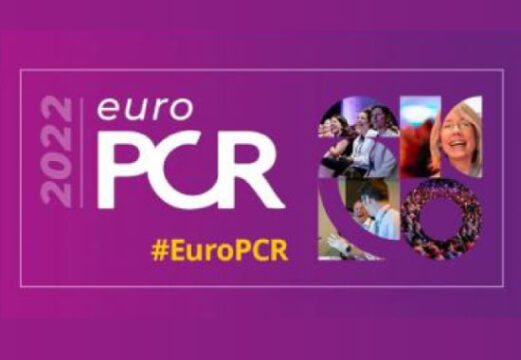This study presented at EuroPCR 2022 analyzed the PARTNER study pool and included 1974 patients with a complete echocardiogram.

Surgical risk was 17.3% extreme/inoperable, 54.3% intermediate and 28.4% low.
60% received transcatheter aortic valve replacement (TAVR) and the rest surgical aortic valve replacement (SAVR).
6.1% of patients were in stage 0 (no damage), 14.5% were in stage 1 (left ventricular damage), 51.4% in study 2 (mitral or left ventricular damage), 20.9% in stage 3 (pulmonary vascular or tricuspid damage) and 7.1% were in stage 4 (right ventricular damage).
Baseline damage was associated with mortality at 2 years with both strategies, as was the composite of death and rehospitalization for cardiac failure. This was maintained after adjusting for variables at one-year followup.
Cardiac damage remained unchanged in 60% of patients and worsen in 25%.
At 2 years, morality for stages 0, 1, 2 ,3 and 4 was 2.5%, 7.1%, 14.6%, 28,2% and 28.2% respectively; and for mortality and rehospitalization for cardiac failure, it was 4.1% (stage 0), 13.4% (stage 1), 22.9% (stage 2), 38.7% (stage 3) and 39% (stage 4).
Read also: Should Total Occlusion Influence on Revascularization Strategy?
Improved myocardial damage was associated with lower mortality and rehospitalization for cardiac failure, and worse myocardial damage increased these events.
Independent predictors of stage worsening were hypertension (OR 1.73; 95% CI 1.01-2.96) and SAVR (OR 2.04; 95% CI 1.52-2.74).

Dr. Carlos Fava.
Member of the Editorial Board of SOLACI.org.
Source: TCTmd.
Subscribe to our weekly newsletter
Get the latest scientific articles on interventional cardiology





